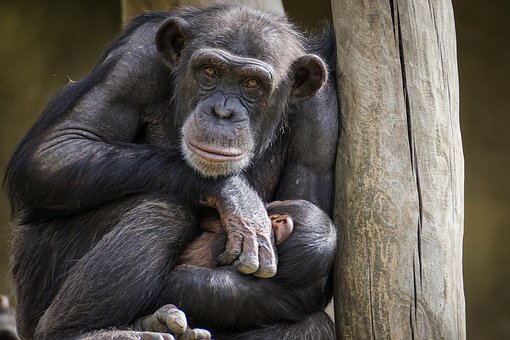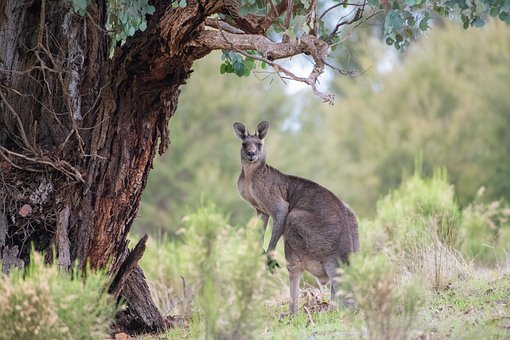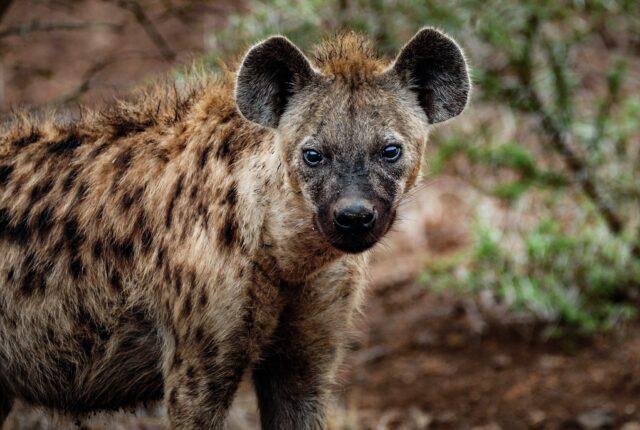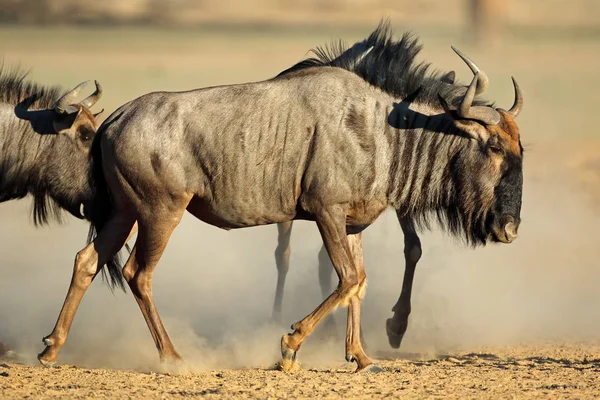Chimpanzees – Our Closest Living Relatives: Understanding Their Biology, Behavior, and Importance for Conservation
Chimpanzees are our closest living relatives, sharing over 98% of their DNA with humans. These fascinating animals are found in tropical rainforests and woodlands across central and western Africa. In this article, we will explore the biology, behavior, and importance of chimpanzees for conservation.
- Physical Characteristics
Chimpanzees are highly intelligent and agile animals. They have a long, flexible thumb that helps them to grasp objects and use tools. Their muscular bodies are covered in dark hair, and they have distinctive, expressive faces. Chimpanzees have a lifespan of around 40-50 years in the wild.
- Social Structures
Chimpanzees live in large social groups, called communities, with up to 150 members. Within the community, there are hierarchies, with dominant individuals often having greater access to food and mating opportunities. Chimpanzees communicate with each other through a variety of vocalizations and body language, including gestures and facial expressions.
- Tool Use
Chimpanzees are known for their ability to use tools, such as sticks to extract termites from mounds. They are also able to modify tools for specific tasks, demonstrating advanced problem-solving abilities.
- Conservation Status
Chimpanzees are listed as endangered by the IUCN, with their populations declining due to habitat loss and hunting for bushmeat. They are also at risk from infectious diseases, such as Ebola, which can be transmitted from humans.
- Importance for Conservation
Chimpanzees play a vital role in maintaining the health and biodiversity of their ecosystems. They disperse seeds and contribute to forest regeneration, and their presence can help to deter illegal activities such as logging and poaching.
In conclusion, chimpanzees are fascinating and complex animals that are essential for the health of their ecosystems. By understanding their biology, behavior, and importance for conservation, we can work to protect and conserve these amazing animals for future generations.

















